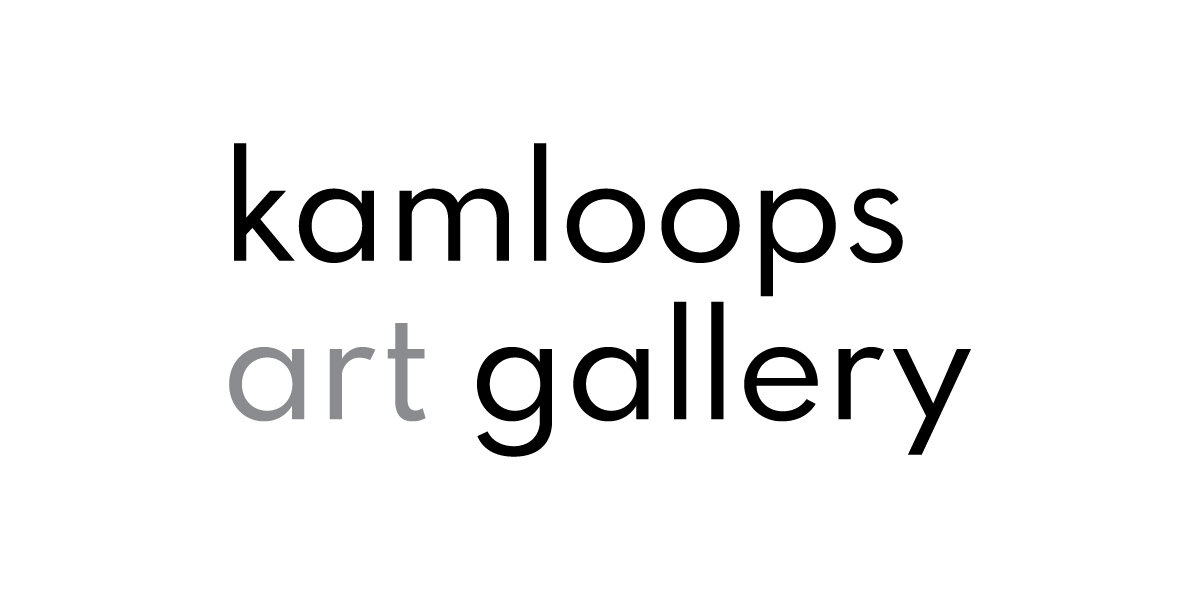mgbe mmụọ na-agba egwu (When Spirits Dance)
Ral Ojah
The Cube
September 13, 2025 to January 10, 2026
Curated by Craig Willms
In this new body of work, Ral Ojah explores questions of cross-cultural exchange and the immigrant experience through fashion and dance. Ojah’s research draws upon a traditional spiritual masquerade called Ekpe, performed in his hometown of Amaekpu, Ohafia, Nigeria. Through a series of life-size dancing figures hanging from the wall, Ojah reimagines the Ekpe masquerade to reflect upon his own roots and the ways in which ancestral rituals are expressed through contemporary Nigerian and Western fashion. Ojah’s figures capture the dynamic movement of traditional Igbo, Enugu, and Ohafia dances, which have had a strong influence on contemporary dance, including hip-hop and club dance culture.
The Ekpe masquerade takes place alongside numerous community events throughout the year, marking times of renewal and celebration. These important cultural rites of passage include Ota Omu Age Grade, a traditional retirement ceremony that marks the withdrawal of elders from communal responsibilities while providing continuity and the passing down of knowledge to younger generations. The masquerade happens again at the beginning of the planting season as a recognition of seasonal change and the celebration of the harvest — a ritual shared within and between communities. Ojah relates these rites of passage to his own experience of leaving his homeland and moving to Canada. Ojah moved to Canada in 2021 to study at Thompson Rivers University and graduated with a Bachelor of Fine Arts degree this year.
Ojah incorporates colourful Dutch wax fabric into his work to reference the colonial history that brought these textiles into traditional Nigerian attire, starting in the 1880s. The wax fabric was introduced to Central and West Africa by the Dutch in search of a market along their trade route from Indonesia. The Indonesian fabric was made with batik designs, and Dutch designers appropriated this technique with their own colourful patterns and manufactured it in the Netherlands for export to West Africa. Many Central and West African countries adopted the Dutch fabric and colours, but incorporated their own designs, often coded with messages, proverbs, and forms of cultural communication as a means to preserve their own traditions and culture. The fabric remains a defining part of Nigerian regalia while also finding its way into popular culture and contemporary Nigerian fashion.
This body of work considers the ways in which the global exchange of people and cultural material influence contemporary fashion and art. At the same time, Ojah’s work tells a personal story about his cultural heritage and his own immigrant experience.
Ral Ojah
Ekpe (Ohafia African Regalia), 2025
Dutch wax fabric, mixed media, plywood
152 x 213 cm
Photo courtesy of the Artist











